Spring has sprung! At least the animal activity we’ve been seeing, and hearing, tells us that the old groundhog got it right. Recent snowfall and cold blast aside, the temperatures promise to creep up this month.
We’ve now passed Meteorological Spring, which was on March 1st. Meteorological spring is based on temperature and it follows Meteorological Winter, which is defined as the three coldest months or December, January and February. Meteorological spring is made up of the months March, April and May. Of course there are meteorological summer and meteorological autumn months, too.
The first day of spring that most of us recognize is known as the Vernal Equinox and it starts Astronomical Spring. The vernal equinox is one of two days of the year when the Earth’s axis points neither toward nor away from the sun – the other being the Autumnal Equinox. Both equinoxes produce days with equal minutes of light and dark. Days get longer in during Astronomical Spring, which lasts three months, until the third week in June when Astronomical Summer begins.
We see there are several ways to define Spring, but no matter what terms we use we have only to observe nature for a while to see what’s happening in the real world. Observing animal activity will verify Spring has sprung. Here are some of the activities we’ve seen and heard in central PA:
- We’ve seen the seagulls fly up the river and drift back down several times a day. Kind of a lazy way to fish or is it just plain fun? The seagulls can be seen in cornfields picking up seed instead of a Kmart parking lot hoping for popcorn. During winter we don’t see many seagulls, if any.
- Snow geese are flying north in big flocks. Sometimes you can hear them and never get a glimpse of them. Their muted honks tell who’s flying home.
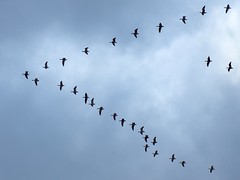
- Owls can be seen during the dim light of day, perhaps on a cloudy day or in the shade of a mountain. We saw a Barred Owl a couple of weeks ago near the river in an old forest. Prime habitat for this hunter. He didn’t care that we stopped in the middle of the country road to gawk at him hunting for his owlets’ supper.
- Took a tick off the dog just yesterday. The first one this year. Sometimes he brings one home in winter, but now it’s definitely time for the tick guard.
- Topping off my list of spring animal sightings were a pair of squirrels caught doing the “twirl”. I wasn’t surprised to see these squirrels chasing each other up and down and all over a white oak tree, but I was surprised to see how they eventually hooked up. The female grabbed onto the tree trunk about halfway up the tree with her head pointed toward the ground and the male mounted her from behind. They did this twice that I saw with a lot of chasing and limb running in between attempts. Sorry, no photos!
At our location it’s a little early for much plant activity, so we’re looking and listening for signs of Spring by tuning in to the Animal Kingdom. So, what have you seen in the way of animal activities that show it’s Spring?
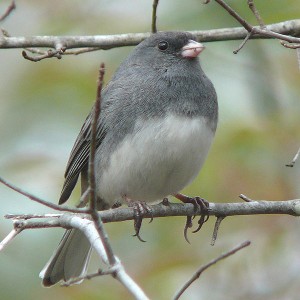

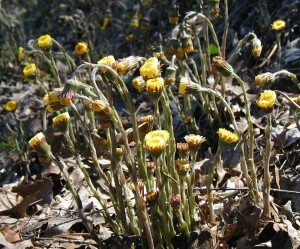
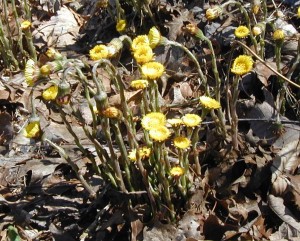
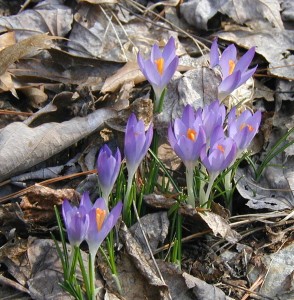
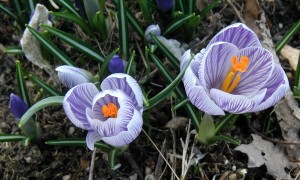

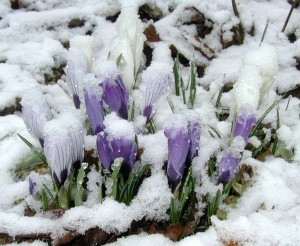
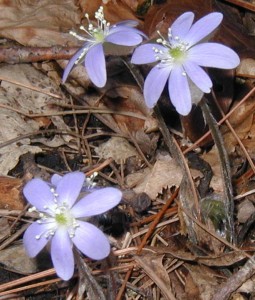

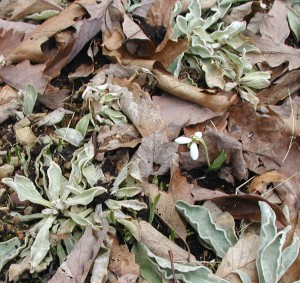
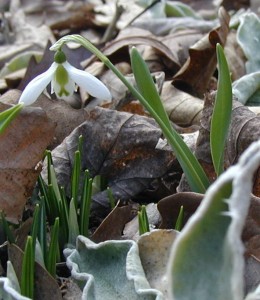
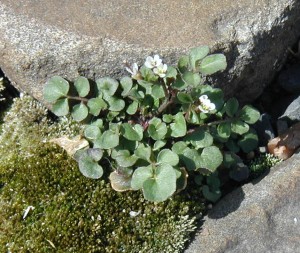

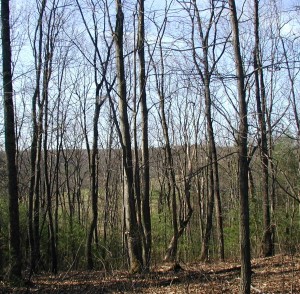
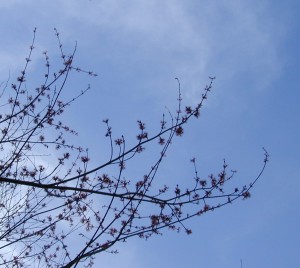
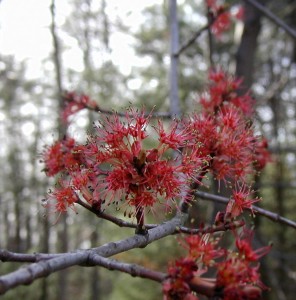
![Reblog this post [with Zemanta]](http://img.zemanta.com/reblog_e.png?x-id=cfcd5218-2f45-4bc5-b7c0-057c601ab30e)
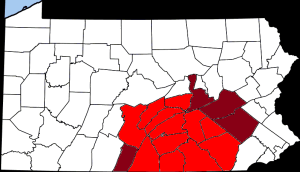
![Reblog this post [with Zemanta]](http://img.zemanta.com/reblog_e.png?x-id=406696e5-3ff6-40ea-8d13-d69cd1234a6d)